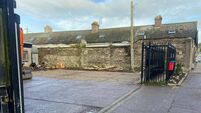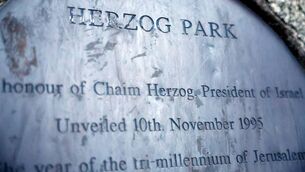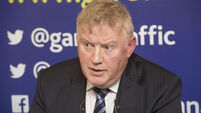The paradox of power as republican tail wags the State dog
I figured O’Connell Street would be well clear by the time I would be heading home. In the meantime, duty called.
As the day progressed, duty calls became increasingly difficult to hear and deliver on. It’s hard to concentrate on recording TV interviews when sirens from squad cards and ambulances are shrieking in the background and a helicopter overhead seems to be flirting with the idea of landing on the roof.













